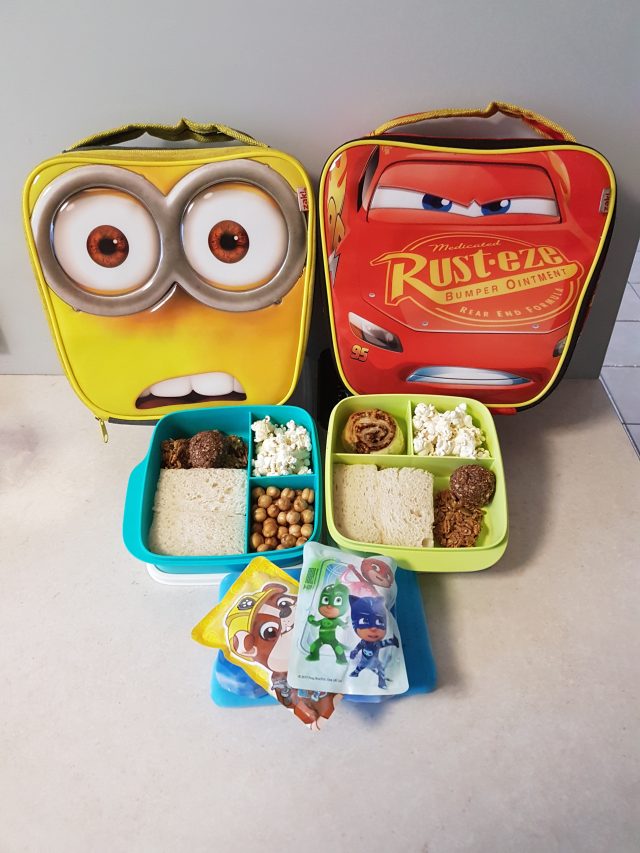School lunches. I can hear the collective groan from here! And it will probably get louder as I tell you not only do you need to complete this daily task ensuring the lunchboxes are nutritionally balanced — you can even try to make them zero-waste as well.
It has been estimated that an average school lunchbox generates up to 30kgs of rubbish each year. Juice boxes, plastic wrap, and pre-packaged snack wrappers are the main culprits. Fortunately, a lot of schools already have a waste wise initiative and you have probably had at least one day a week at your school declared a “waste free lunchbox day”. My son’s teacher is setting a great example, collecting all the kids scraps from Crunch ‘n’ Sip to take home for her animals — you can imagine how much organic waste that saves from the school’s bins each year!
The key to reducing this waste is investing in a good lunchbox system, either a compartmentalised Bento-style one, or a series of containers that work for your child. I recommend younger children test out opening all the clips, lids, zips etc before sending them off to school with a new lunchbox system. There are some lovely lunchboxes (YumBox, PlanetBox) which definitely up the expensive end of the scale, but you can also pick up great Sistema or Décor containers from the supermarkets (someone always has these half price, so do a quick Google before you hit the shops!), and these work very well too. I currently use a mix of these and a Tupperware divided container.
A good lunchbox will eliminate the need for any cling wrap or zip lock bags as everything will stay fresh in its own container. The second biggest tip I always come across is to ditch the packaged snacks, which is sound advice as not only are they a big generator of waste, they are usually low in nutrition and expensive! Some simple snacks to swap out include baking a batch of biscuits rather than buying a packet, swapping out packets of chips for some air-popped popcorn, and cutting sticks of cheese from a block rather than buying ones individually wrapped.
However pre-packaged snacks sure are handy, and I like to focus on practical ways to reduce waste, so my tip, if you do use them, are to buy the larger packets, not the individually wrapped portions, and send them to school in a container. If your child’s favourite snack only comes in an individual packet, it is still a good idea to send it to school in a re-usable container because you then retain control over what happens to the waste (i.e., you can recycle your soft plastics rather than have them end up in the school’s bin or being blown out of the playground).








